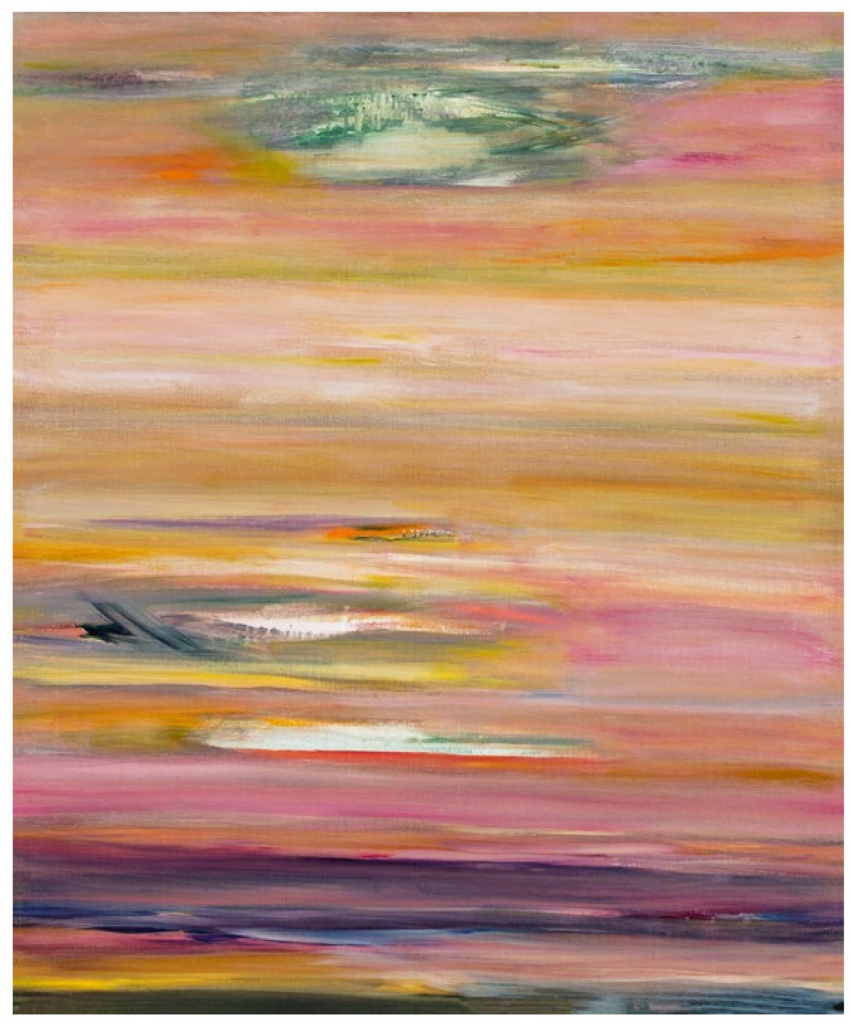HIND NASSER
Born 1940 in Amman, Jordan, where she lives and works
Selected works
1978-2021

Hind Nasser is a Jordanian artist, a pioneering cultural activist, and a patron of the arts. She graduated from the Beirut College for Women (now the Lebanese American University, LAU) with a bachelor’s degree in history and politics. Nasser led the establishment of several museum and cultural endeavors, including the Jordanian Association for Popular Arts and Crafts (1973 and 1996), the National Children’s Society (1973), the National Music Conservatory (1983), and organization that would later become the Jordan Archaeological Museum. She began studying painting in 1976, when Fahrelnissa Zeid, the renowned Turkish artist active in the avant-garde scene of postwar Paris, settled in Amman and took her under her wing. Zeid launched Nasser’s career in the art world. She went on to develop a body of work defined by a bold use of color and confident, gestural brushwork. Organic shapes and circling, spiraling lines give rise to canvases that can be read as both ominous and inviting.
Whether figurative or abstract, her paintings are often an explosion of colors that compete with nature. She occasionally turns to whites and monochromes in her minimalist compositions. In her decades-long and evolving practice, Nasser’s compositions of abstracted cultural motifs and impressionistic works on paper capture the natural terrains and varied cityscapes of Jordan. Untitled (1978) and the two works Untitled (2021), date from different points in the artist’s career. Untitled (1978), an abstract landscape of rock formations, is one of her earliest paintings, from a period soon after she began her art training with Fahrelnissa Zeid at the age of twenty-five. The later works are abstract compositions that embody the artist’s typical lively color palette. These are rendered in more self-assured and fluid lines, with occasional red streaks that create dramatic openings. Petra I and Petra II from 1987 exemplify the artist’s sketches of rocky desert terrain. Nasser’s works are a dialectic of interior and exterior landscapes, drawing inspiration from her surroundings: immense desert expanses, the mountains of Jordan, the wonders of Petra, seascapes, open skies, leafy trees, and flowers are rendered with a flow of abstracted lines and forms, which transform into the emotional landscapes of another realm beyond the visible world.
